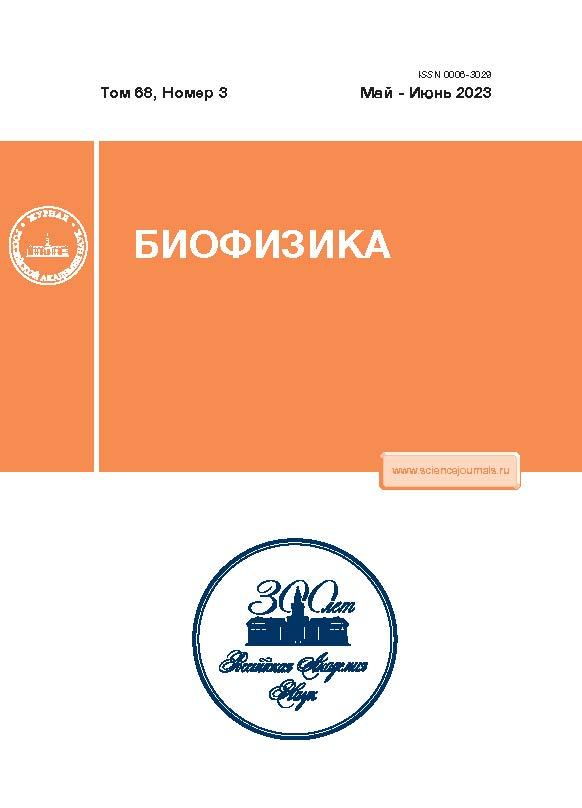Analysis of coverage of Alu repeats by aligned genomic reads
- 作者: Tamazian G.S1, Kanapin A.A1, Samsonova A.A1
-
隶属关系:
- Institute of Translational Biomedicine, St. Petersburg State University
- 期: 卷 68, 编号 3 (2023)
- 页面: 496-500
- 栏目: Articles
- URL: https://journals.rcsi.science/0006-3029/article/view/144450
- DOI: https://doi.org/10.31857/S0006302923030109
- EDN: https://elibrary.ru/FRPXRZ
- ID: 144450
如何引用文章
全文:
详细
作者简介
G. Tamazian
Institute of Translational Biomedicine, St. Petersburg State UniversitySt. Petersburg, Russia
A. Kanapin
Institute of Translational Biomedicine, St. Petersburg State UniversitySt. Petersburg, Russia
A. Samsonova
Institute of Translational Biomedicine, St. Petersburg State University
Email: a.samsonova@spbu.ru
St. Petersburg, Russia
参考
- M. A. Batzer and P. L. Deininger, Nat. Rev. Genet., 3 (5), 370 (2002).
- F. Hormozdiari, M. K. Konkel, J. Prado-Martinez. et al., Proc. Natl. Acad. Sci. USA, 110 (33), 13457 (2013).
- E. S. Lander, L. M. Linton, B. Birren, et al., Nature, 409 (6822), 860 (2001).
- J. C. Venter, M. D. Adams, E. W. Myers, et al., Science, 291 (5507), 1304 (2001).
- F. C. Chen, Y. Z. Chen, and T. J. Chuang, Bioinformatics, 25 (11), 1419 (2009).
- J. M. Chen, E. Masson, C. Le Marechal, et al., Cytogenet Genome Res, 123 (1-4), 102 (2008).
- P. Deininger, Genome Biol., 12 (12), 236 (2011).
- L. M. Payer, J. P. Steranka, W. R. Yang, et al., Proc. Natl. Acad. Sci. USA, 114 (20), E3984 (2017).
- S. Shen, L. Lin, J. J. Cai, et al., Proc. Natl. Acad. Sci. USA, 108 (7), 2837 (2011).
- I. Vorechovsky, Hum, Genet., 127 (2), 135 (2010).
- S. Pavlov, V. V. Gursky, M. Samsonova, et al., Life (Basel), 11 (11), 1209 (2021). doi: 10.3390/life11111209
- A. Smit, R. Hubley, and P. Green, RepeatMasker Open-4.0 (accessed 03/18/2022).
- H. Mao and H. Wang, Bioinformatics, 33 (5), 743 (2017).
- S. E. Staton and J. M. Burke, Bioinformatics, 31 (11), 1827 (2015).
- H. Li and R. Durbin, Bioinformatics, 25 (14), 1754 (2009).
- S. Fairley, E. Lowy-Gallego, E. Perry, et al., Nucl. Acids Res., 48 (D1), D941 (2020).
- H. Li, B. Handsaker, A. Wysoker, et al., Bioinformatics, 25 (16), 2078 (2009).
- J. K. Bonfield, J. Marshall, P. Danecek, et al., Gigascience, 10 (2), giab007 (2021). doi: 10.1093/giga-science/giab007
- G. Tamazian, N. Cherkasov, A. Kanapin, et al., in BGRS/SB-2022 (Novosibirsk, Russia, 2022), pp. 11211122.
- R Core Team, R: A Language and Environment for Statistical Computing (R Foundation for Statistical Computing, 2022).
- L. Scrucca, M. Fop, T. B. Murphy, et al., The R Journal, 8 (1), 289 (2016).
- Broad Institute, Picard: A set of command line tools for manipulating high-throughput sequencing data (2022).
- A. R. Quinlan and I. M. Hall, Bioinformatics, 26 (6), 841 (2010).
- P. Danecek, J. K. Bonfield, J. Liddle, et al., Gigascience, 10 (2), giab008 (2021). doi: 10.1093/giga-science/giab008
补充文件









